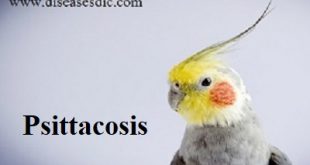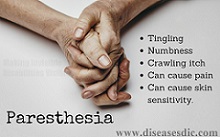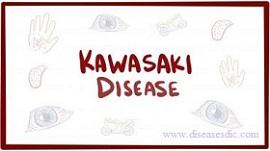Definition Psittacosis is an uncommon infectious disease that is most often transmitted to humans through exposure to infected birds, especially parrots, cockatiels, parakeets and similar pet birds. Psittacosis can affect the lungs and may cause inflammatory illness of the lungs (pneumonia). Additional common symptoms include fever, muscle pain (myalgia), headaches, …
Read More »Photophobia – Causes, Complications, and Diagnosis.
What is photophobia? Photophobia is not a fear of light, as the name might suggest, but rather it is an intolerance or sensitivity to light that can lead to extreme pain and discomfort. Sources of light such as fluorescent light, sunlight, and incandescent light can all be responsible for causing …
Read More »Marburg Virus Disease – Symptoms, Treatment, and Prevention.
Definition Marburg virus disease is a severe disease that causes haemorrhagic fever in humans and animals. Diseases that cause haemorrhagic fevers, such as Marburg, are often fatal as they affect the body’s vascular system (how blood moves through the body). This can lead to significant internal bleeding and organ failure. …
Read More »Animal Bites – Types, Complications, and Prevention.
Definition Animal bites are common. Most are caused by dogs and cats. Cat bites can look minor, but they can be serious because a fang puncture can leave bacteria deep in the wound. Animal bite wound Epidemiology The lack of standard reporting in many countries makes accurate estimates of mammalian …
Read More »Paresthesia – Definition, Risk factors, and Treatments.
Definition Paresthesia is a disorder in the sensory perception in which, in the absence of external stimuli (like cold, warmth of pressure), spontaneous itching or tingling is perceived. In addition, an altered sensation to temperature and touch can occur. Paresthesia may also be an expression of neuropathy. Chronic paresthesia can …
Read More »Chikungunya – History, Causes, Treatment, and Prevention.
Definition Chikungunya is a mosquito-borne viral disease, very similar to dengue. The mosquitoes which spread it are Aedes aegypti and Aedes albopictus. These mosquitoes acquire the virus when they feed on an infected person. The virus spreads in the system of the mosquito and reaches its salivary glands. Soon after, …
Read More »Kawasaki Disease – Treatment, Diagnosis, and Prevention.
Definition Kawasaki disease causes inflammation in the walls of medium-sized arteries throughout the body. It primarily affects children. The inflammation tends to affect the coronary arteries, which supply blood to the heart muscle. Kawasaki disease is sometimes called mucocutaneous lymph node syndrome because it also affects lymph nodes, skin, and …
Read More »Night Blindness – Definition, Complications, and Treatment.
What is night blindness? Night blindness (Nyctalopia) is the inability to see well at night or in poor light. It is not a disease in itself, but rather a symptom of an underlying problem, usually a retina problem. It is common for patients who are myopic to have some difficulties …
Read More » Diseases Treatments Dictionary This is complete solution to read all diseases treatments Which covers Prevention, Causes, Symptoms, Medical Terms, Drugs, Prescription, Natural Remedies with cures and Treatments. Most of the common diseases were listed in names, split with categories.
Diseases Treatments Dictionary This is complete solution to read all diseases treatments Which covers Prevention, Causes, Symptoms, Medical Terms, Drugs, Prescription, Natural Remedies with cures and Treatments. Most of the common diseases were listed in names, split with categories.








